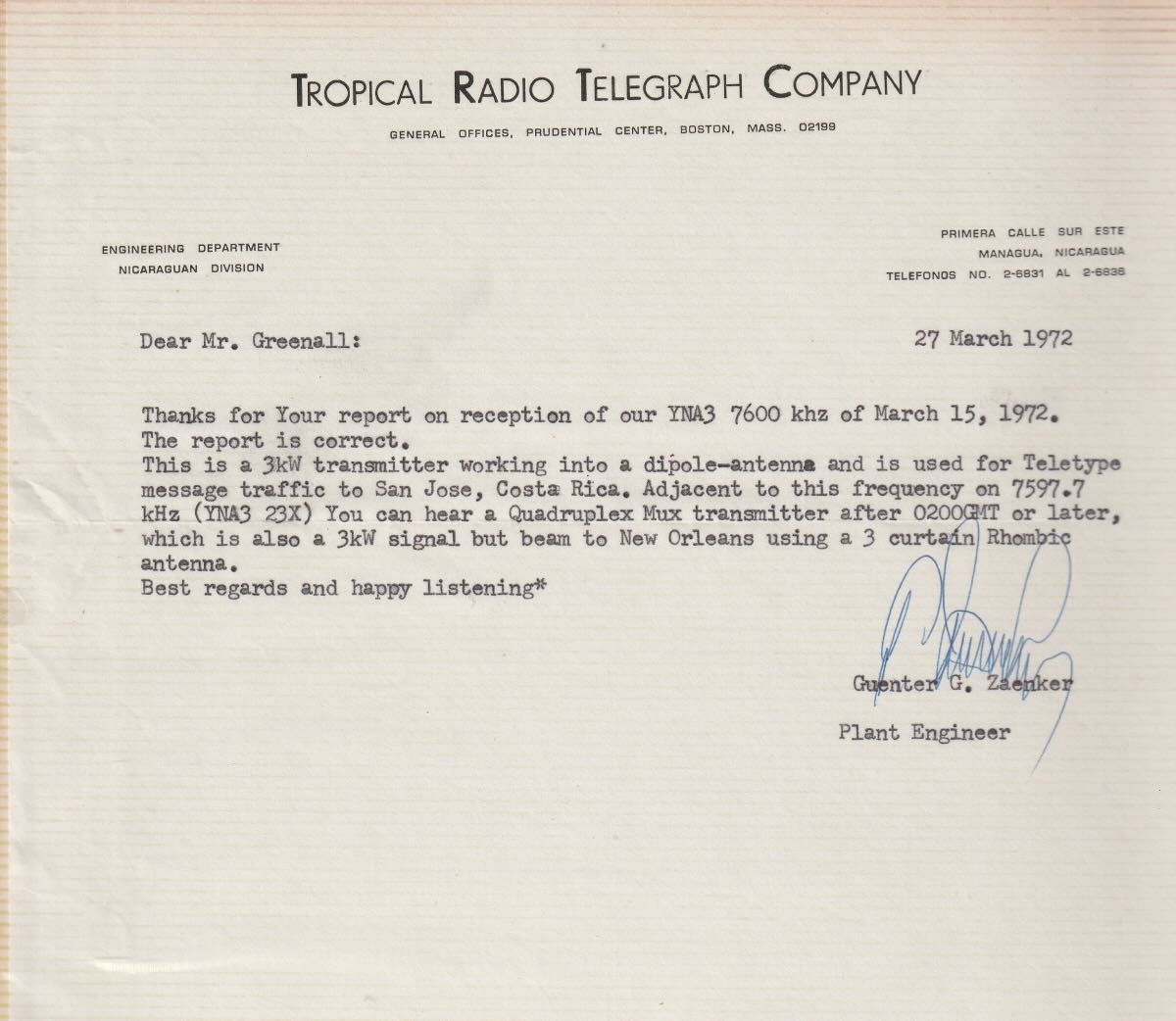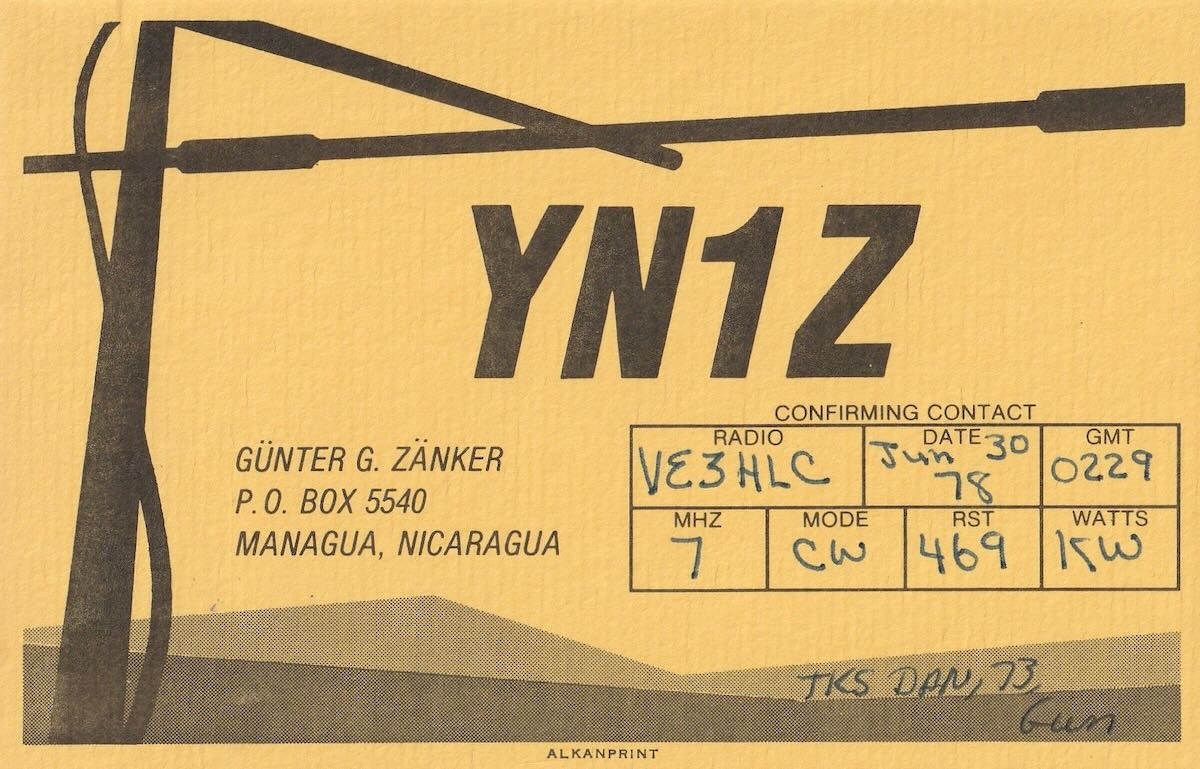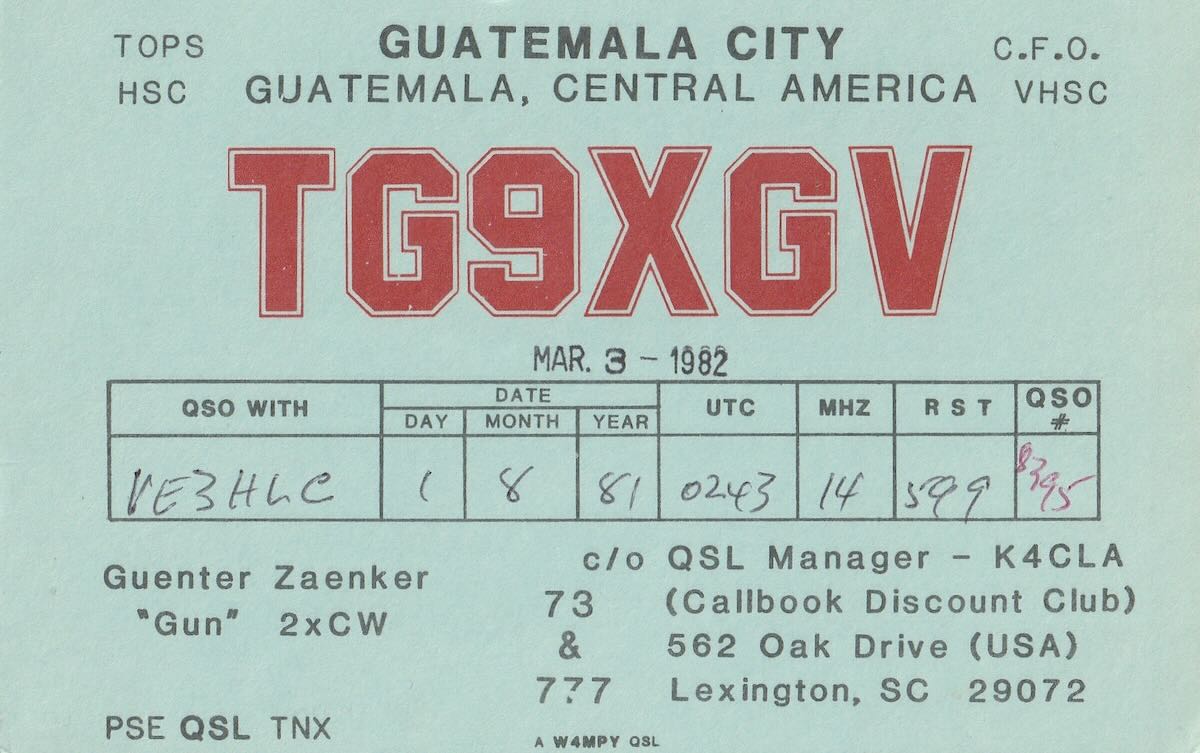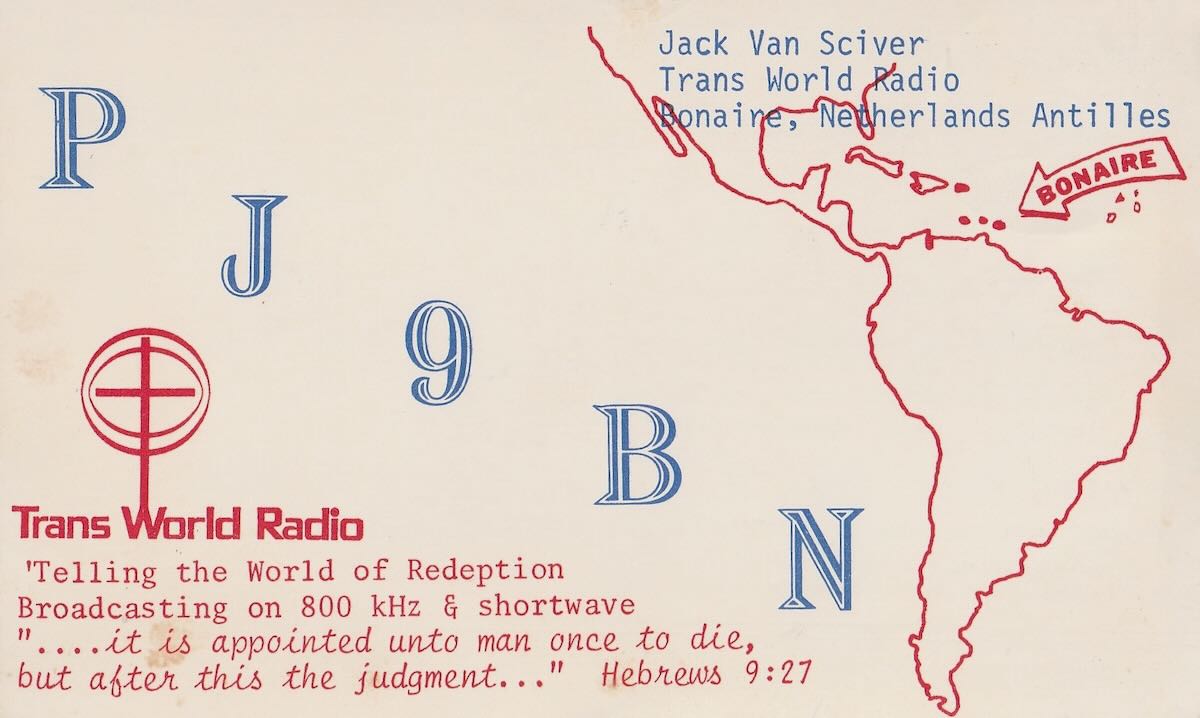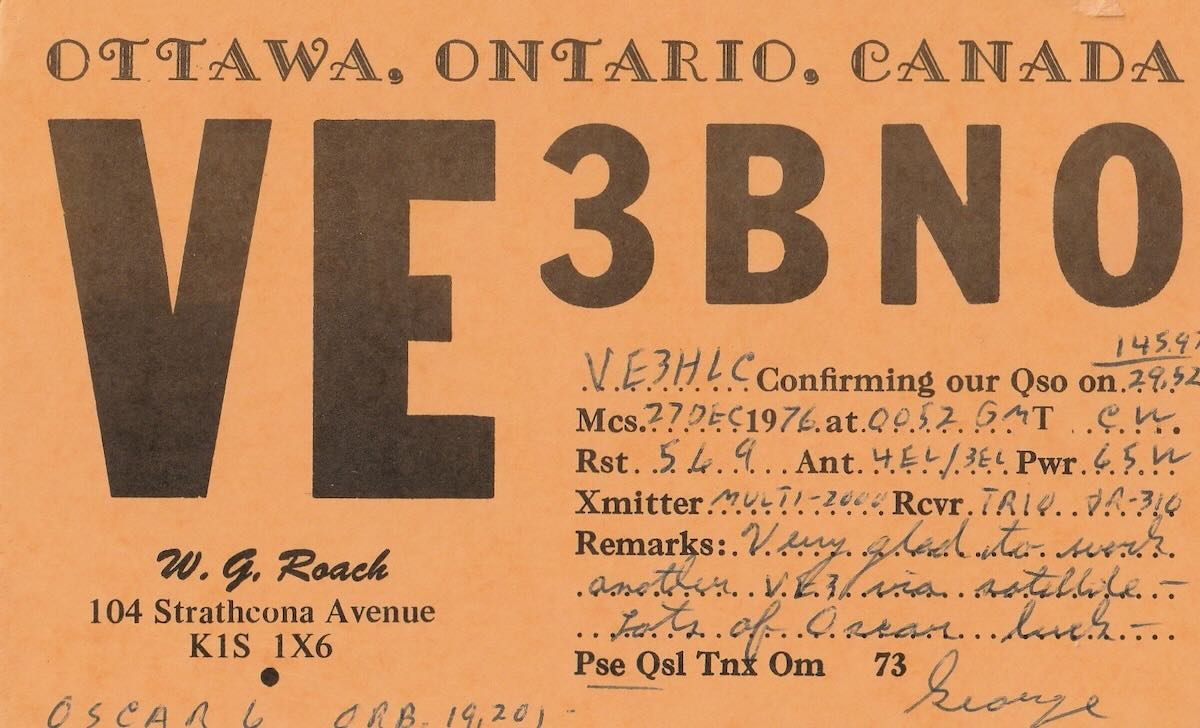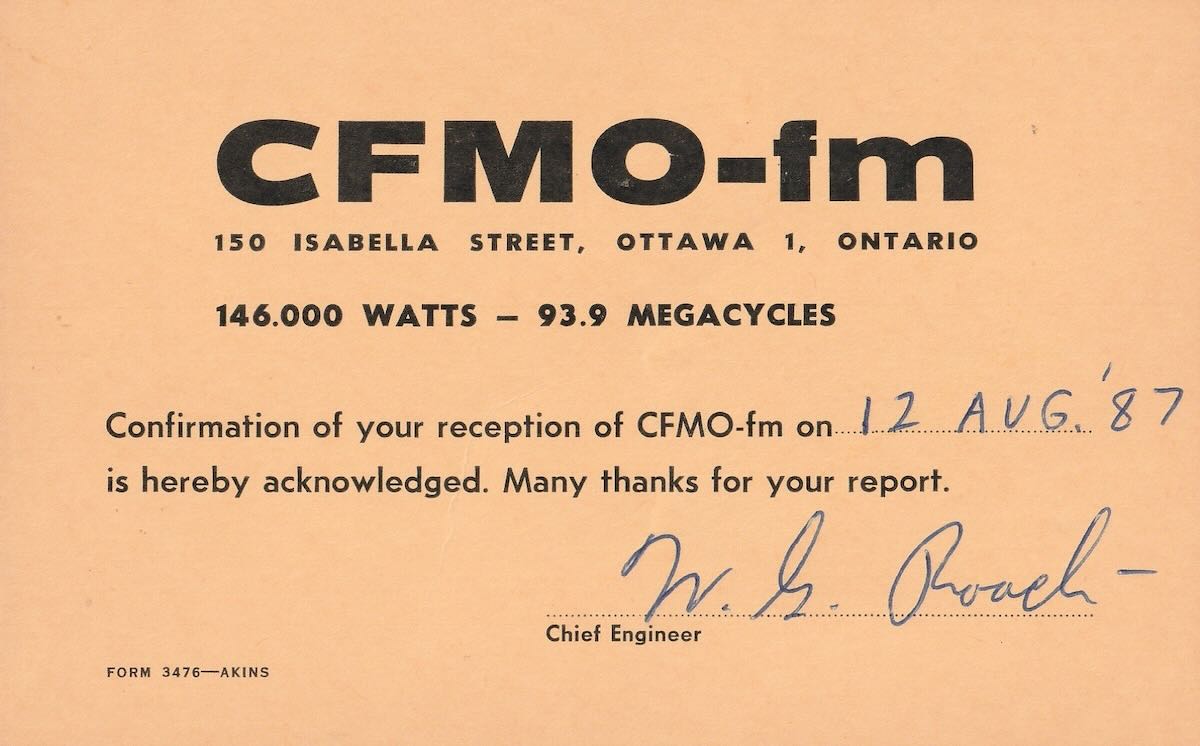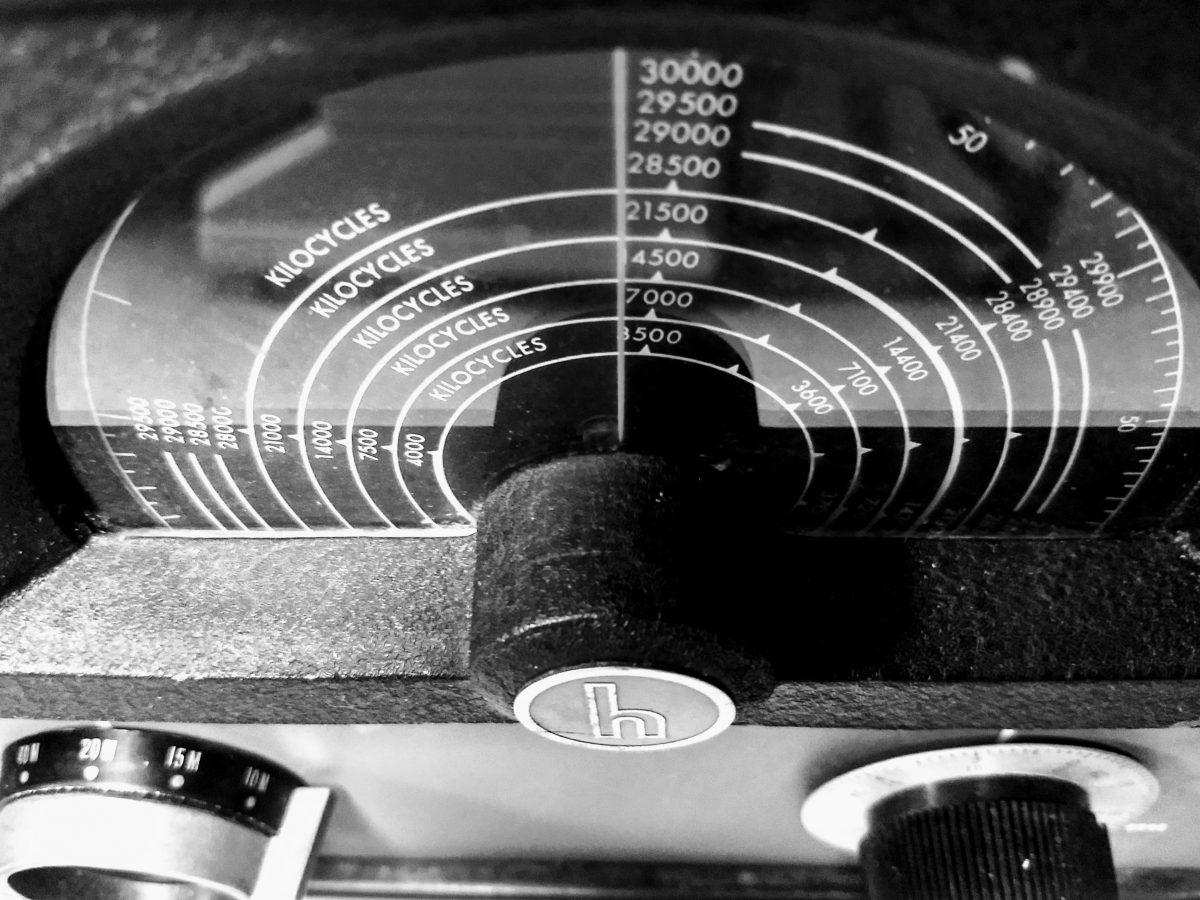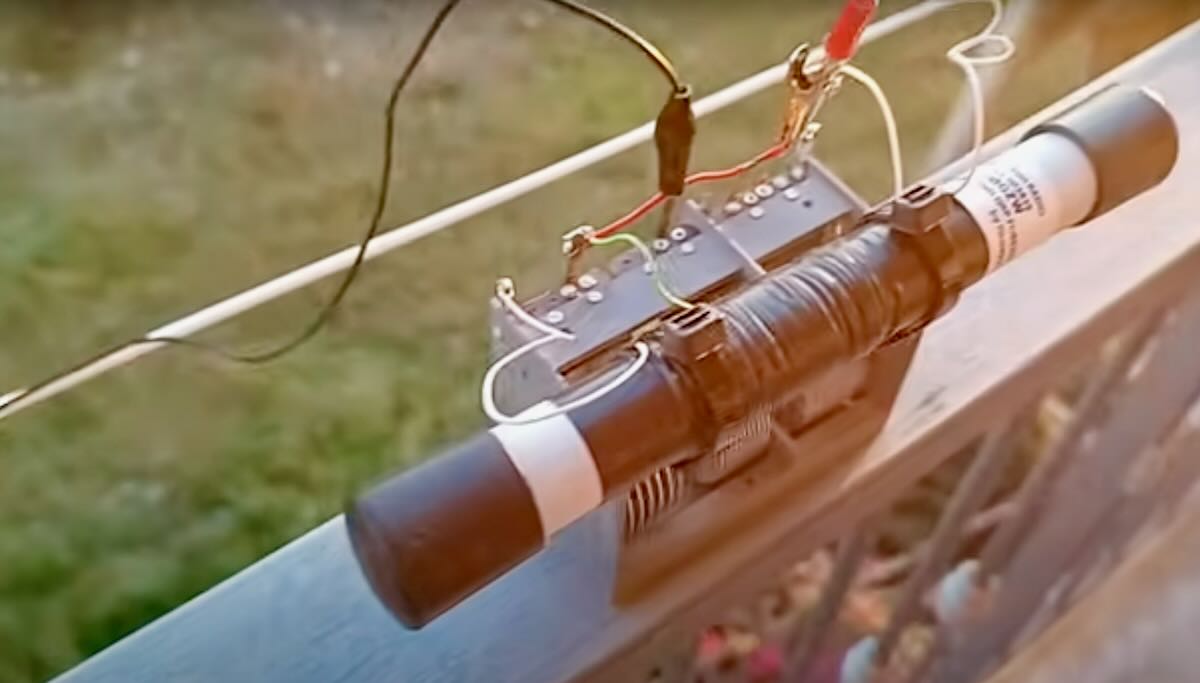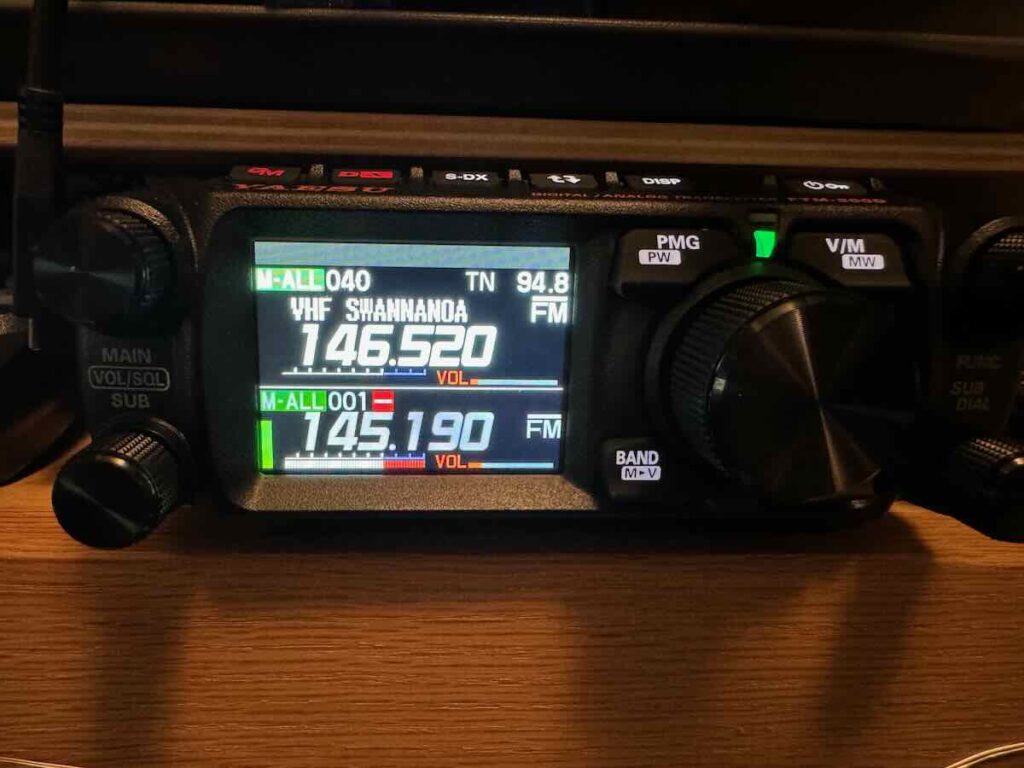Many thanks to SWLing Post contributor, Michael (BD4AAQ), who shares the following guest post:
Tidbits of SEANET (South East Asia Amateur Radio Network)
by Michael (BD4AAQ)
On 3rd October 2024, the 48th SEANET Convention was finally convened in Negombo, Sri Lanka. The SEANET convention, a gathering of a group of amateur radio operators, was last held in Johor Bahru Malaysia, in 2019, just before the Covid-19 pandemic. The Sri Lanka conference was attended by only 25 people. Nevertheless, it was hailed as a triumph, as it was the first ever meeting of amateur radio operators for SEANET following the end of the pandemic and upon extensive discussions on WhatsApp groups.
SEANET in Sri Lanka
Tharanga, 4S6TMP, and other organisers, did a great job hosting the convention. Despite its modest size, the convention featured all the typical elements: presentations, discussions, dinners, a bonfire, a special event station (4S7SEA), and more. Above all, the organisers surprised the attendees with the first day cover of the event arranged by the Sri Lanka Post Service. The first day cover, with postage stamps containing photos of SEANET participants, was ready the same morning when the photos were taken! Lightning speed!
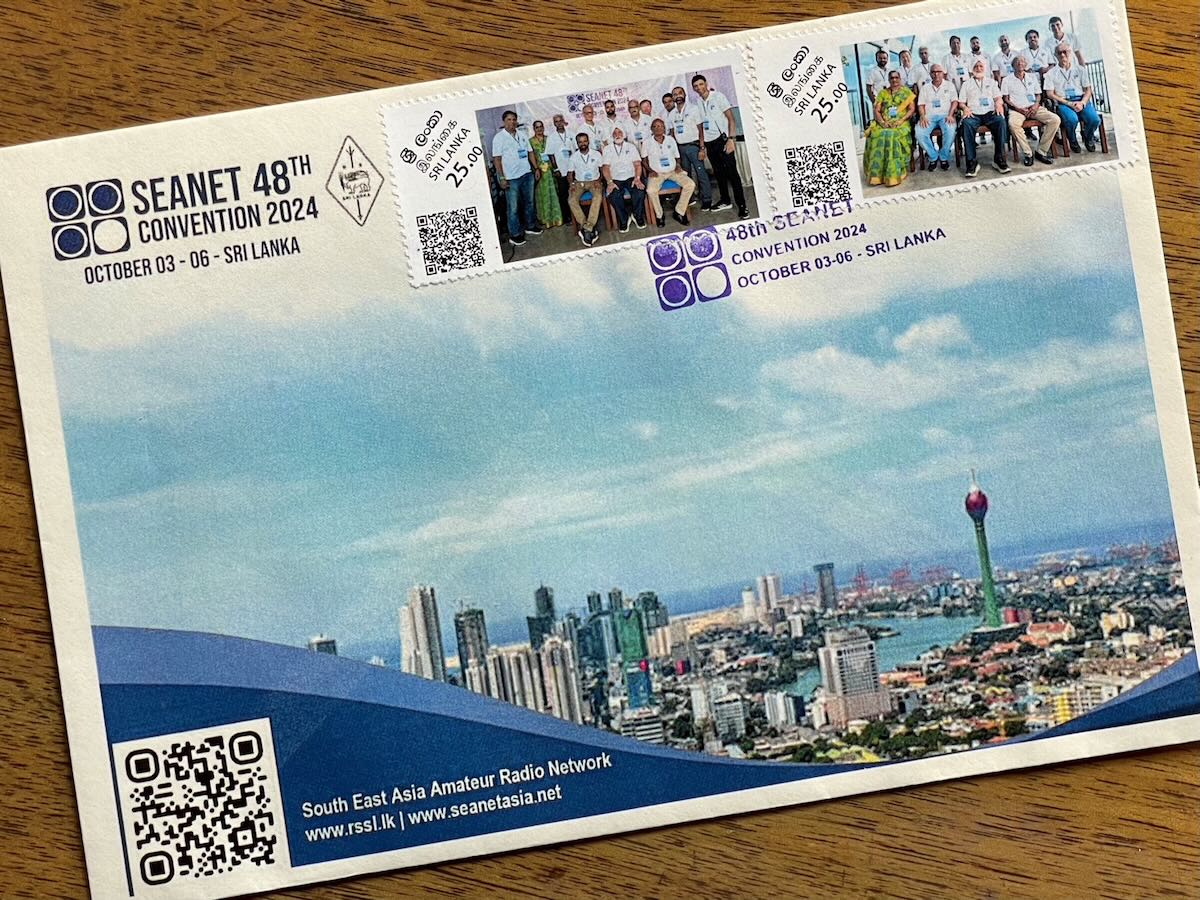
First Day Cover featuring SEANET 2024
The low attendance of the convention was partially attributed to the altered schedule. It was originally scheduled for 19 – 22 September but had to be changed at short notice to 3 – 6 October due to Sri Lanka’s presidential election on 23 September. The altered timetable prevented many of the Seanetters who had signed up from attending as scheduled.
Highest Attendance in History
SEANET has seen much higher attendance amid excellent solar conditions. The 18th SEANET convention, held in Kuching, Malaysia in 1990, was attended by as many as 320 people! The 38th Convention took place in 2010 in Shanghai, China, with over 100 attendees.

SEANET Convention in Shanghai
The Origin of SEANET
SEANET, the South East Asia Amateur Radio Network, was established in 1964 and is operated on 20 metres (14.320 MHz plus or minus QRM). The objective of the net is to promote international understanding and fellowship among hams and to relay emergency, medical, urgent or priority traffic. The on-the-air meeting, which has taken place at 1200 UTC daily without fail during periods of good solar conditions, has strengthened unity and co-operation among hams around the world, especially those within the region. The net also provides hams with a facility for testing their equipment and propagation conditions on the 20 metres band. Over time, members then agreed to have yearly gatherings for eyeball encounters and exchanges, which is how SEANET conventions came to be.
Emergency Communications Network (from SEANET Website)
[Regarding the] value of the SEANET as an Emergency communications network…
There have been many a private Yacht in the Indian Ocean that had been helped via the SEANET and Amateur Radio. Once there was this small Tri-maran which had exhausted all its fuel, food and water and were drifting helpless. Radio Hams and SEANET alerted rescue services and succeeded in getting an Ocean liner to divert and drop off fuel, food and water.
There have been other impressive achievements to the credit of SEANET. There was the case of a young mother in Sri Lanka whose baby of a few days had a serious condition which could only be treated by a special drug not available locally. SEANET members looked in the likely places in Australia and Singapore but failed. They then contacted their friends in the U
.S.A. and succeeded in getting the drug flown out from California the baby was saved. There was also the case of the frantic father who could not be near at hand when his wife was delivery their first baby in a Singapore hospital, over a thousand miles away from his jungle location. He kept in touch via Ham radio and SEANET. The wife, in hospital, had friends from SEANET visit every day.
On another occasion, when disaster struck Darwin, Australia recently, wiping off all communications facilities, a member of the SEANET group living in Darwin set up his station and was one of the first to contact the National Authorities with news and requests. Another SEANET member in Sri Lanka was able to obtain details of the whereabouts and health etc. of his countrymen living in Darwin and so reassure their near and dear in Sri Lanka.
There was once also the team of Himalayan climbers who attacked Mt. Everest from a new direction and when success was first conveyed via Amateur Radio and SEANET.
My Involvement
In the early 2000s, I started to take note of SEANET. I occasionally heard other shortwave networks and net controls, but SEANET was one that was loud and clear and was almost always there at 14320 MHz at or shortly after 12:00 Zulu. Ah, the good old days! Net controls took turns and worked from countries including Thailand, the Philippines, Singapore, Malaysia, Japan and Australia. Among the net controls were Gary (VK8GW), Ben (VK6XC), Barry (VK6ADI), Kim (VK6UO), Roy (DU9/G4UNL) and Ray (HS0ZDZ).
In Shanghai, I would check in to the net soon after I got back from work. John (BD4AAV) would also join the net from time to time. In Taiwan, Tim (BV2A) was a frequenter of SEANET. He was very happy when he first learned that John and I were from mainland China. One day he recommended that we QRY to a different frequency and there we three chatted like old friends for a very long time. Next we exchanged QSL cards. Tim was the first person to be issued a ham radio license since the KMT government moved from the mainland to Taiwan. He passed away in 2006.
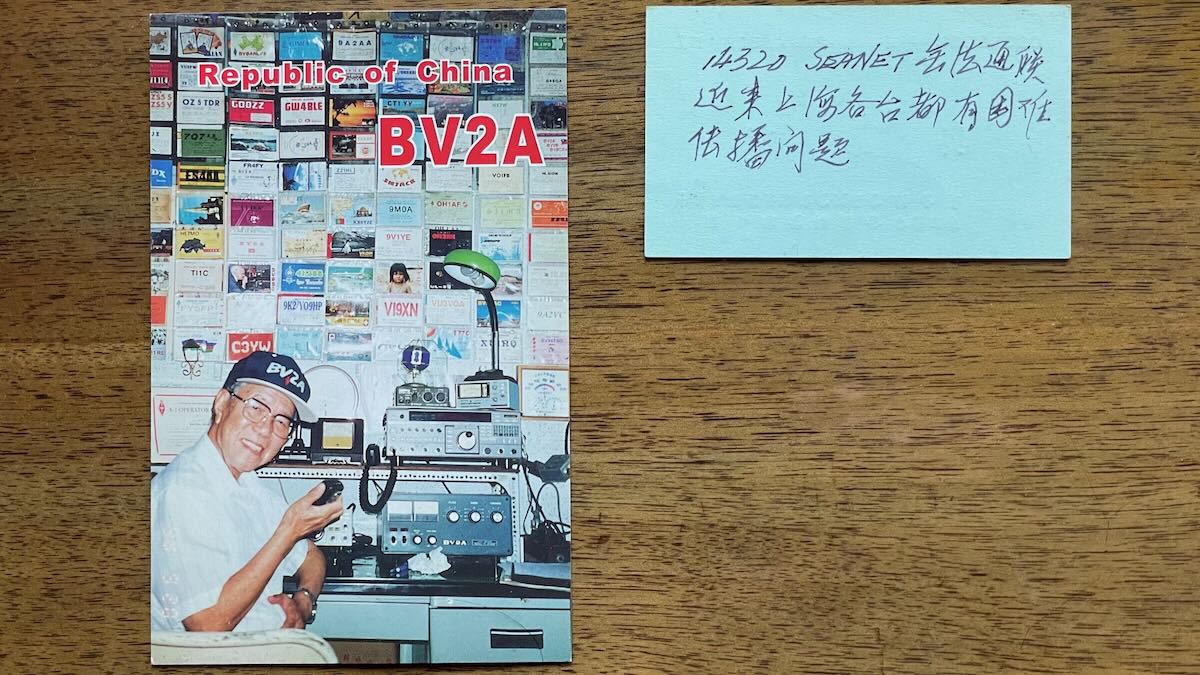
QSL card from Tim, with the enclosed note stating that due to propagation issues he was unable to work Shanghai stations via SEANET at 14320 MHz lately
Dr KN Singh
If we talk about SEANET, there is one person we must also talk about. Dr Singh, a Malaysian Indian. SEANET conventions have developed and now have survived the pandemic in large part thanks to his efforts. He has many roles: doctor, hospital owner, philanthropist, Sikh, and last but not least, ham radio operator (9M2KN). He himself has hosted a number of SEANET conventions in Malaysia and has dedicated to the development of SEANET and ham radio in general. Although SEANET is a loose organisation with no permanent secretariat and each host country decides for itself how to organise a convention, Dr Singh’s charisma, leadership and coordination capabilities have been essential and have greatly encouraged and inspired the organisers. We should meet regularly before we grow too old to move and we should bring in new, younger members to the big family, he said, the ham spirit and the camaraderie must be nurtured.
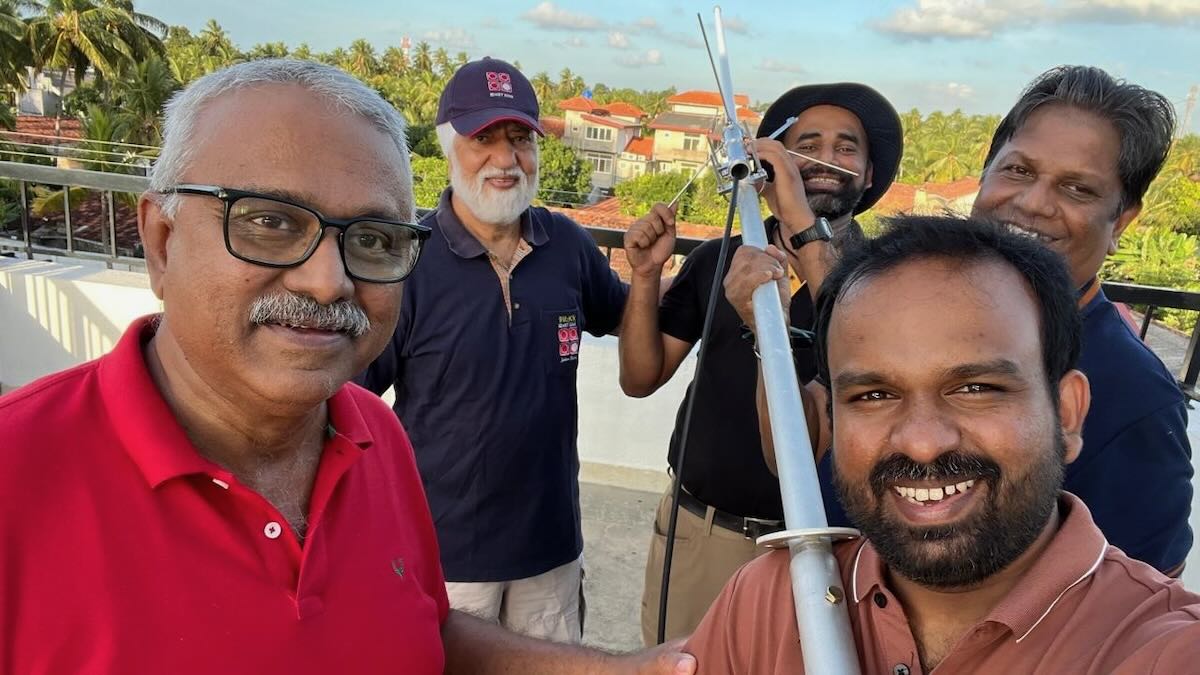
From left to right: Ramesh VU2LU, Dr Singh 9M2KN, Jaliya 4S7JL, Tharanga 4S6TMP and Aruna SWL at SEANET 2024
Hans from Germany
Hans (DF5UG) is a veteran Seanetter with very extensive ham radio experiences. He has been to many countries and operated under probably the most callsigns. He was an EC member of IARU. He enjoys setting up antennas and amateur stations on the spot wherever he goes.
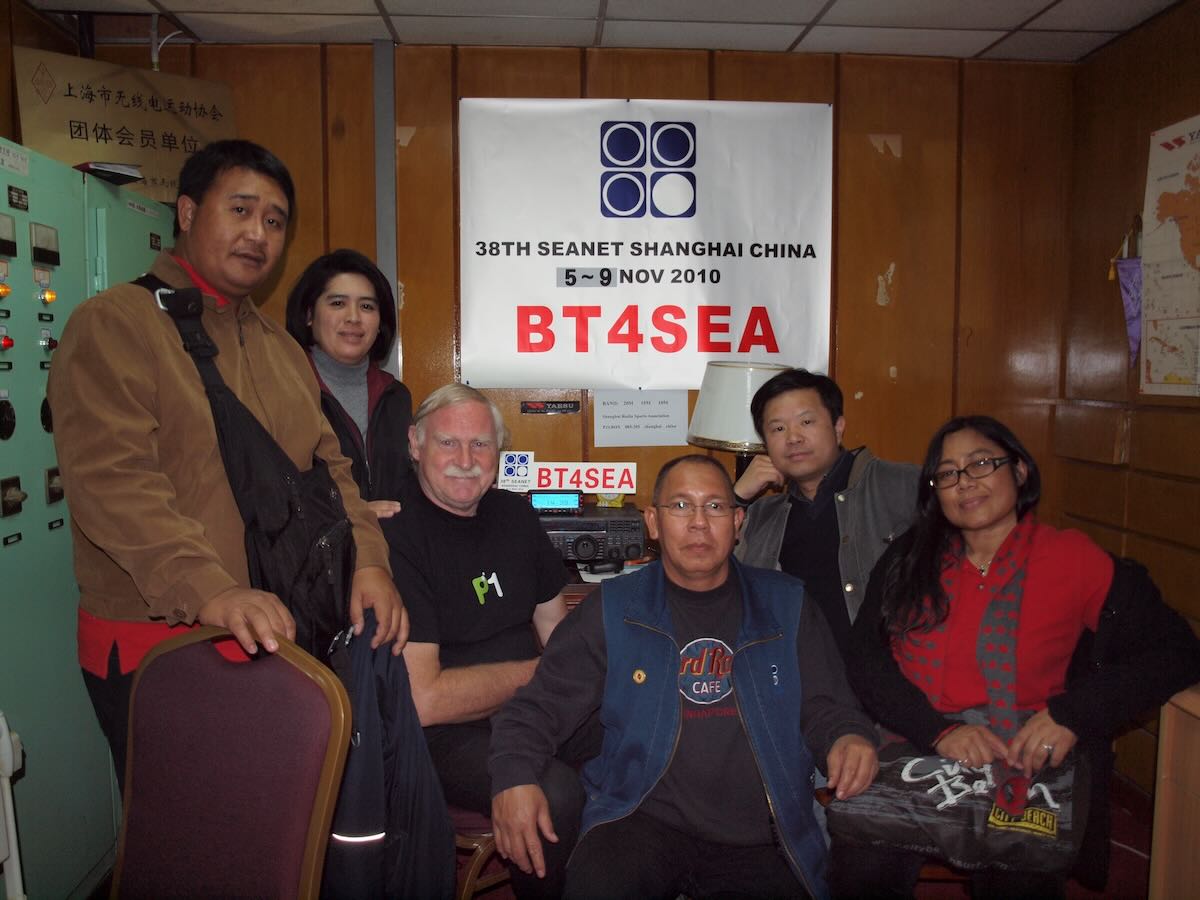
Hans, third from left, at the 38th SEANET Convention in Shanghai, with Michael BD4AAQ, second from right, and other attendees
The Legendary Fred
Fred (K3ZO) was a legend. He was an enthusiastic amateur radio operator and actively participated in amateur radio contests. Fred was well-known and widely respected around the globe. He had worked many stations in China as well. Earlier in his career, he was a US Information Officer. In 1974, he was kidnapped by a guerrilla group in Córdoba, Argentina and critically shot. As he was an amateur radio operator and owned a large amount of radio equipment, he was suspected of being a CIA agent. Upon a behind-the-scenes offensive in Washington and with US Secretary of State Henry Kissinger categorically denying spy speculations, he was released. He later stated in a message: “Amateur Radio is a wonderful hobby but it can be dangerous because people misinterpret what it is. I myself was kidnapped and shot in Argentina, but fortunately I have lived to tell about it.”
Fred also attended the 38th SEANET Convention in China. He became a Silent Key in 2023.
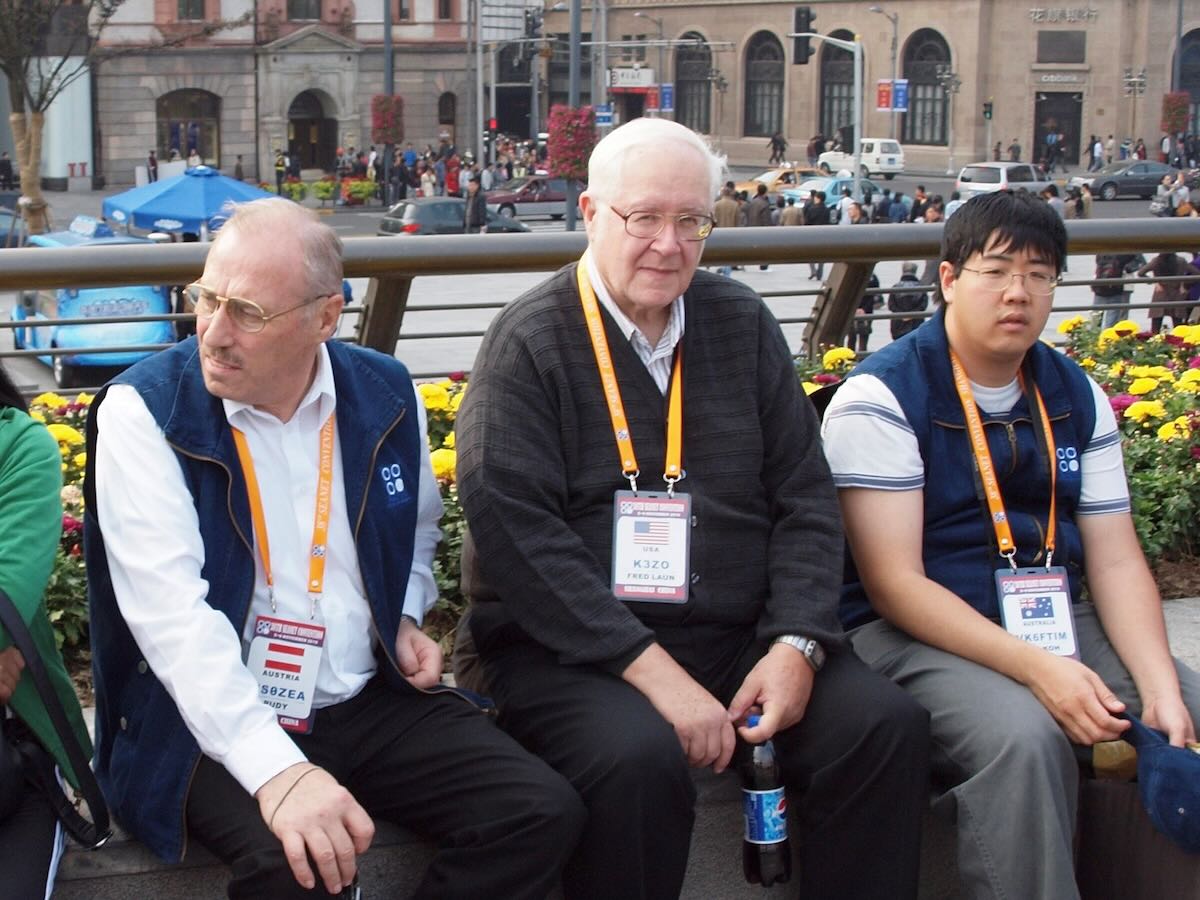
Fred, middle, in Shanghai
SEANET 2025 in India
Worth special mentioning are Turid and Mimis who are 82 and 91 years old now. The couple is originally from Yugoslavia (Serbia) (Turid was the Yugoslavian Ambassador to Germany in the 1970’s). They have now settled with their daughter in Australia. They attended many SEANET events and are great contributors to SEANET. Just a few days ago, they wrote to Dr. Singh asking when and where the next convention will be held.
Gladly, Ramesh (VU2LU) has taken the next slot for SEANET. We expect it to be a big event like what we have had in old times. The dedicated website for SEANET events is https://seanetasia.net. So, stay tuned for more information for the next SEANET Convention. 73!



